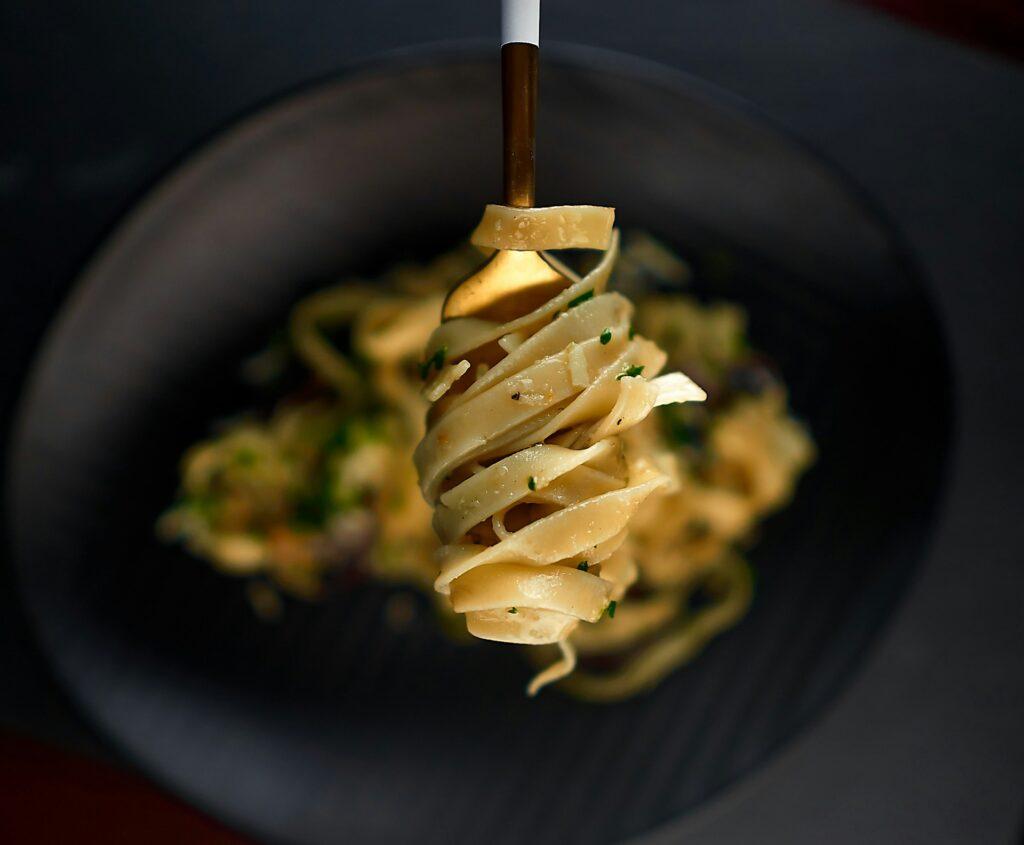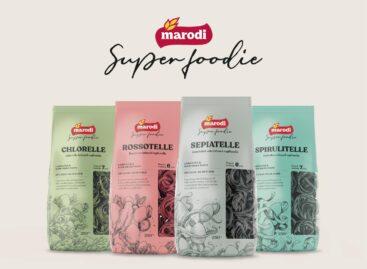The evolution of pasta: tradition and innovation
Pasta dishes are popular all over the world, primarily because of their ease of preparation and variety. However, in recent years, more and more alternatives have appeared in addition to traditional wheat flour-based pastas, which allow you to adapt them to your individual taste and nutritional needs.
Wheat flour: the classic choice

Pastas made from wheat flour are the most common, but there are many variations within this:
- White flour: Pastas made from refined wheat flour are light and have a familiar taste, but are less nutritious.
- Durum flour: Due to its higher protein content, it produces a flexible, “al dente” pasta that raises blood sugar levels more slowly.
- Wholemeal flour: A more nutritious alternative with high fiber content and contains all parts of the wheat grain.
Alternative flours and special pastas
In addition to traditional wheat flour, various plant-based flours are becoming increasingly popular:
- Pulse flours (chickpeas, yellow peas, peas): High-protein, gluten-free alternatives.
- Rice flour and corn flour: Primarily used to make Asian pasta.
- Buckwheat flour, almond flour: They give a special flavor and are also suitable for special diets.
- Bamboo fiber pasta: Low-calorie, fiber-rich option.
- The new hit: carbohydrate-free pasta
“Carb-free” konjac pasta is becoming increasingly popular among dieters and health-conscious consumers. It is made from the tuber of the konjac plant and is extremely low in calories and carbohydrates. Its high fiber content provides a feeling of fullness and can help stabilize blood sugar levels.
Related news
Marodi Superfoodie Tagliatelle pastas
🎧 Hallgasd a cikket: Lejátszás Szünet Folytatás Leállítás Nyelv: Auto…
Read more >The Hungarian Red Cross and PENNY Hungary launch a national fundraising campaign
🎧 Hallgasd a cikket: Lejátszás Szünet Folytatás Leállítás Nyelv: Auto…
Read more >Christmas starts in the kitchen
🎧 Hallgasd a cikket: Lejátszás Szünet Folytatás Leállítás Nyelv: Auto…
Read more >Related news
Even though the price of cocoa has halved, chocolate will not become cheaper
🎧 Hallgasd a cikket: Lejátszás Szünet Folytatás Leállítás Nyelv: Auto…
Read more >Temu is crushing domestic webshops – Christmas won’t change either
🎧 Hallgasd a cikket: Lejátszás Szünet Folytatás Leállítás Nyelv: Auto…
Read more >The Hungarian Food Bank is putting together 44,000 food packages from the proceeds of ALDI’s first Advent market
🎧 Hallgasd a cikket: Lejátszás Szünet Folytatás Leállítás Nyelv: Auto…
Read more >






